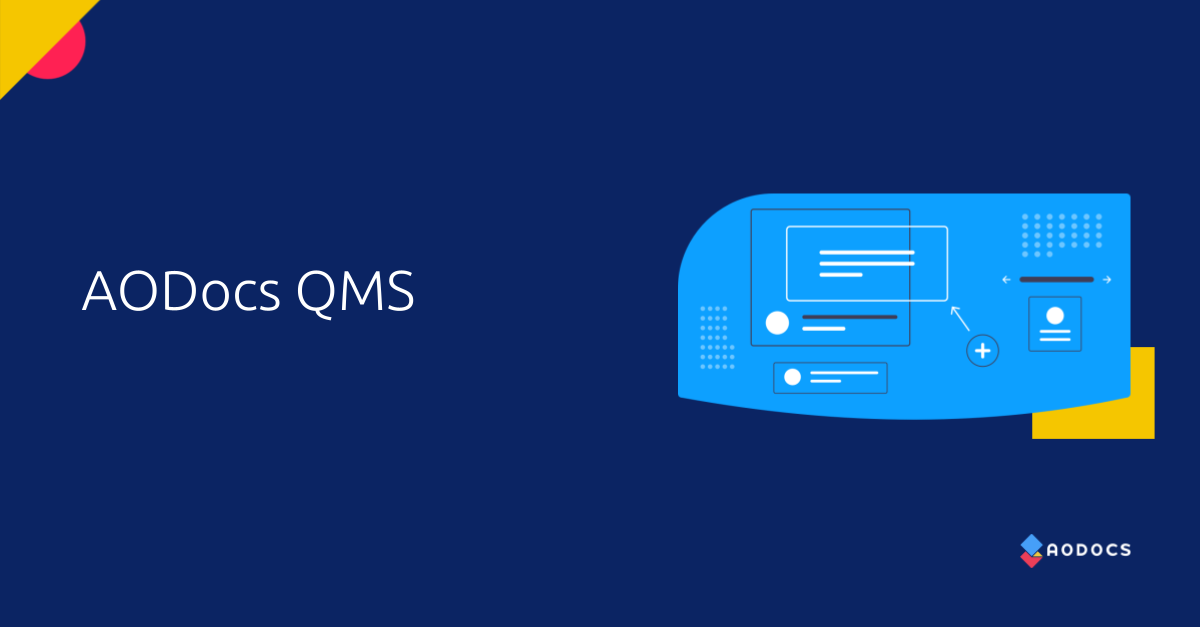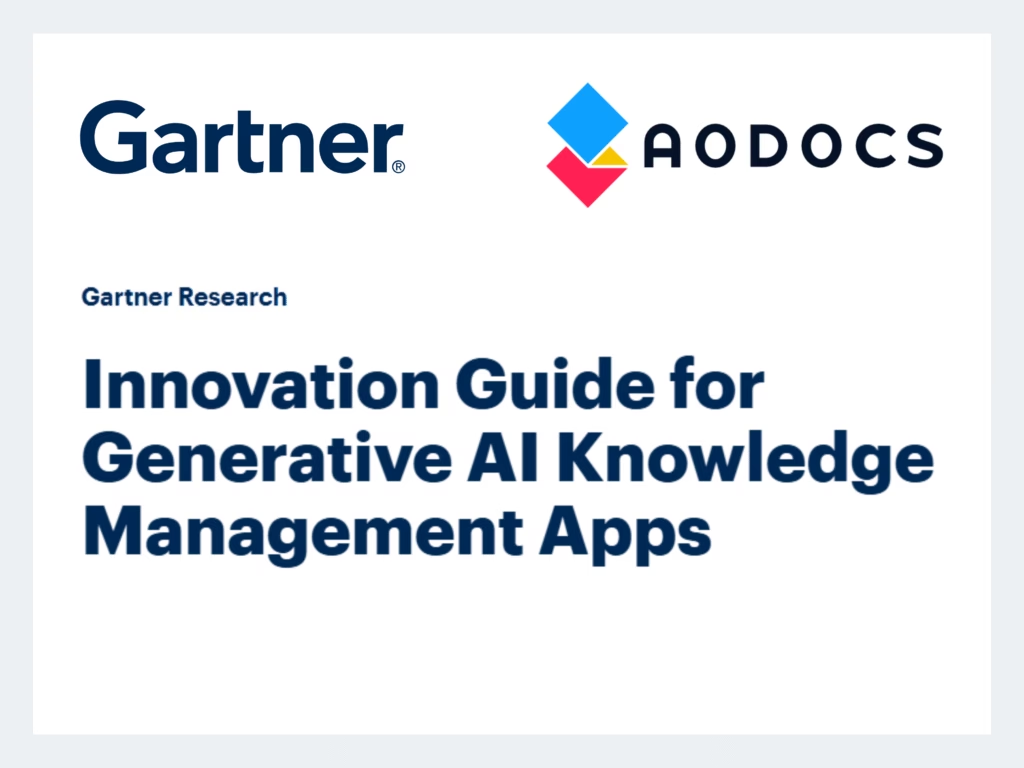Building an internal quality culture is as much a part of the “quality story”, in an organization, as understanding and implementing industry standards like ISO 9001.
When I ask employees, “what does quality culture mean” I often hear, “Doing something right the first time, because getting it right the first time saves the organization time and money.” That sounds logical but what does that say about the culture of the company?
Let’s look at the intention of the phrase, “Do it right the first time”: it sets the expectation that the employee will meet the requirements the first time and will be able to do that every time. The organization then measures the outcome, i.e. the number of failures, rather than the successes. A quality culture is about preventing issues at all steps, as opposed to measuring errors and trying to fix them after the fact. An organization with a quality culture would ideally define quality by something like ”Preventing errors and doing the “right” thing each time an issue is found”.
In many organizations, the meaning of the “something” and of the “doing it right” is not even clear at all levels, and therefore “doing it right the first time” can’t be an assurance of success or quality. The foundation of a quality culture/mindset starts with Leadership and defining what the “something” and the “right” are for the organization in terms of quality values and vision. This gets everyone on the same page, develops a mentality of “we are in this together”, and plants the seed of “doing the ‘right’ quality thing” at each step of a process to prevent problems.
How do organizations build such a quality culture? Here are some steps organizations can take to build a culture of preventing issues:
- Leadership Commitment: Leadership team needs to be committed to quality and to define the vision and values, including what the “something” is and what “right” means for the organization. This includes a formal quality policy and “walking the talk”.
- Align and Train Employees on the vision and values.
- Quality is Everyone’s Job: make quality everyone’s job, not just the Quality Team–this creates a culture of openness, and when issues happen everyone pitches in to solve the issue quickly.
- Foster Innovation and Continuous Improvement: this empowers employees: think of the Kaizen approach; where all employees are engaged in suggesting and implementing new ideas or improvements.
- Document: Build structure, think of every task as a process or procedure with defined suppliers, inputs, steps, outputs, customers, tools, dependencies, etc, and document it.
- Commitment to Customers: customer needs are a key driver to quality
- Clear Expectations: Have clear expectations and requirements to prevent assumptions, including time frames.
- Monitor and Measure: Build KPI’s, track costs, defect rates, audit completion rates, CAPA’s and time to close, customer returns, etc., and analyze that data to put improvements in place to prevent issues.
While we may be a bit biased, investing in a Quality Management System (QMS) often produces a solid return on investment. Look for a comprehensive platform that can be used to automate processes and can work to meet industry guidelines and regulatory requirements.
Preventing issues from happening, does not mean that people, processes, and machines >ever make a mistake. The goal is to change the thought process i.e culture from measuring errors to preventing them, and “doing the right thing when a mistake happens”. Organizations committed to building a> internal quality culture will have all employees engaged in improving the company.
AODocs: The QMS Solution for Google Workspace Users
AODocs Quality Management platform is designed to help manufacturing and life sciences organizations comply with regulations while minimizing the burden of computer system validation, allowing them to focus on their core business and get their innovations to market faster.



